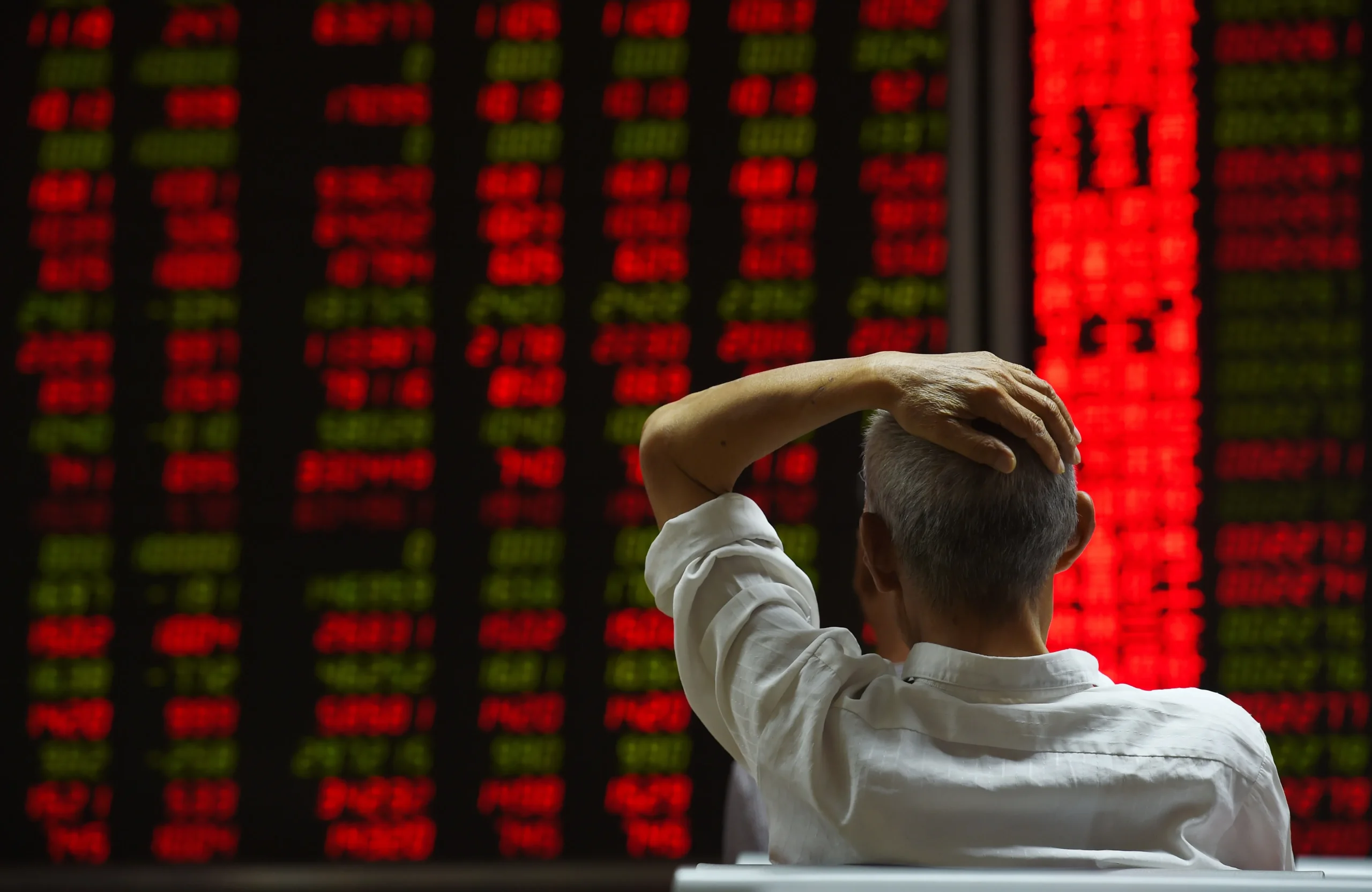Global Panic: Trump’s 100% Tariff Threat Wipes $360 Billion Off Asian Markets in One Day
A Fragile Global Market Just Hit a Breaking Point
Asian markets plunged into turmoil Monday after Donald Trump reignited the U.S.–China trade war, threatening to impose 100 % tariffs on Chinese imports and restrict key American tech exports.
Though Trump later hinted at being “open to talks,” investors saw the move as an unmistakable escalation.
Within hours, an estimated $360 billion in market capitalization evaporated across Asian equities, according to Bloomberg and MSCI data — the sharpest single-day regional loss since mid-2022.
From Hong Kong to Seoul, traders dumped risk assets as the threat of a renewed trade conflict collided with slowing growth and record corporate debt.
China’s Hang Seng China Enterprises Index plunged as much as 3.6 %, led by Alibaba Group Holding Ltd. and Xiaomi Corp., while the CSI 300 Index closed 0.5 % lower.
The People’s Bank of China (PBOC) scrambled to stabilize the yuan, lifting its daily reference rate to the strongest level since November.
“Markets aren’t reacting to earnings anymore — they’re reacting to Washington,” said one Hong Kong-based equity strategist. “And right now, the message from Washington is chaos.”
Wall Street’s Shockwave Hits Asia Overnight
Friday’s Wall Street sell-off carried through Asia after Trump floated fresh tariffs targeting semiconductors, software, and EV batteries — a direct strike at Beijing’s technology base.
Beijing responded by tightening rare-earth export controls, threatening U.S. manufacturing supply chains. “China is not afraid of a trade war,” state media declared.
The reaction was swift:
-
Hang Seng Index: –3.6 % at open
-
Shanghai Composite: –2.5 % before partial recovery
-
Nikkei 225: –1.8 % amid flight to the yen and gold
-
KOSPI: –2.2 % on chipmaker losses
“The 100 % tariff threat isn’t about trade — it’s about leverage,” said Dr. Kai Wang, senior strategist at Morningstar Asia. “Markets hate uncertainty, and this move multiplies it.”
Bond Yields Collapse as Investors Flee to Safety
Asian bond futures soared while yields on 10-year Chinese sovereign debt slid to near-record lows.
Investors rushed into gold and the dollar amid fears of a supply-chain freeze, capital flight, and a looming currency war.
“The PBOC is fighting panic with liquidity,” said a Shanghai trader. “It feels eerily like 2015 again.”
The Political Earthquake Beneath the Market Crash
Analysts say this isn’t just about trade — it’s election-year politics wrapped in economic warfare.
Trump’s latest move plays to his base ahead of the 2026 midterms, projecting strength against China while pressuring Beijing into concessions.
“The tariff escalation is psychological warfare as much as economic policy,” said Jonathan Auerbach, policy fellow at the Atlantic Council. “It signals that Trump is willing to torch markets to look tough on Beijing.”
Beijing’s timing was equally strategic. Its retaliation came days before the Communist Party plenum, reinforcing Xi Jinping’s domestic image of defiance.
Behind closed doors, Chinese sovereign funds were seen buying equities to prevent systemic panic — a move analysts compared to “financial firefighting.”
“This is no longer a market story,” Auerbach warned. “It’s a proxy war for economic supremacy.”
Currency War Fears Return
The yuan has become the next battleground.
With the PBOC’s stronger daily fix, Beijing is signaling it won’t let speculators dictate direction. Yet analysts warn that, if tariffs are enacted, China could let the yuan weaken deliberately — prompting retaliation and risking a full-scale currency confrontation.
The U.S. Dollar Index surged past 107, and gold hit $2,589 per ounce, its highest since April, as investors fled risk assets.
What’s Next for Investors
Global fund managers are bracing for weeks of volatility until the tariff deadline on November 1, when the temporary U.S.–China truce expires.
Analysts expect short-term pain followed by a narrow trade deal, mirroring past cycles of Trump-era brinkmanship.
But others warn this time could be different.
“The old playbook assumes rational behavior,” said one Tokyo-based fund manager. “That assumption no longer holds.”














